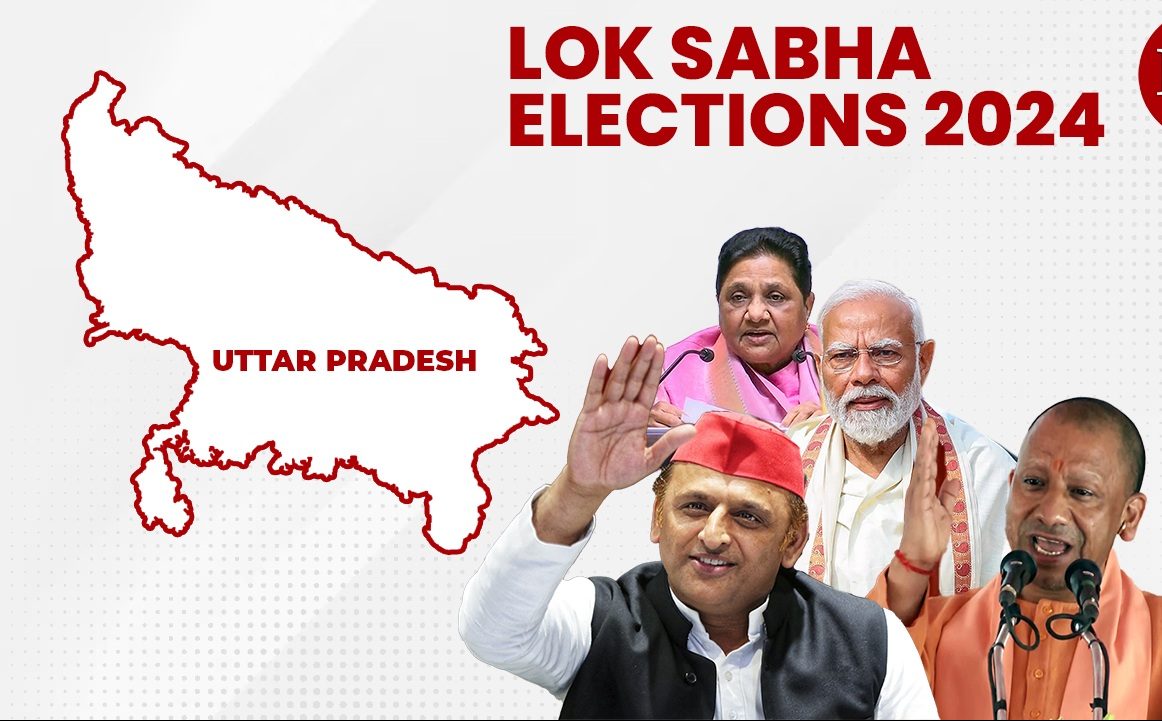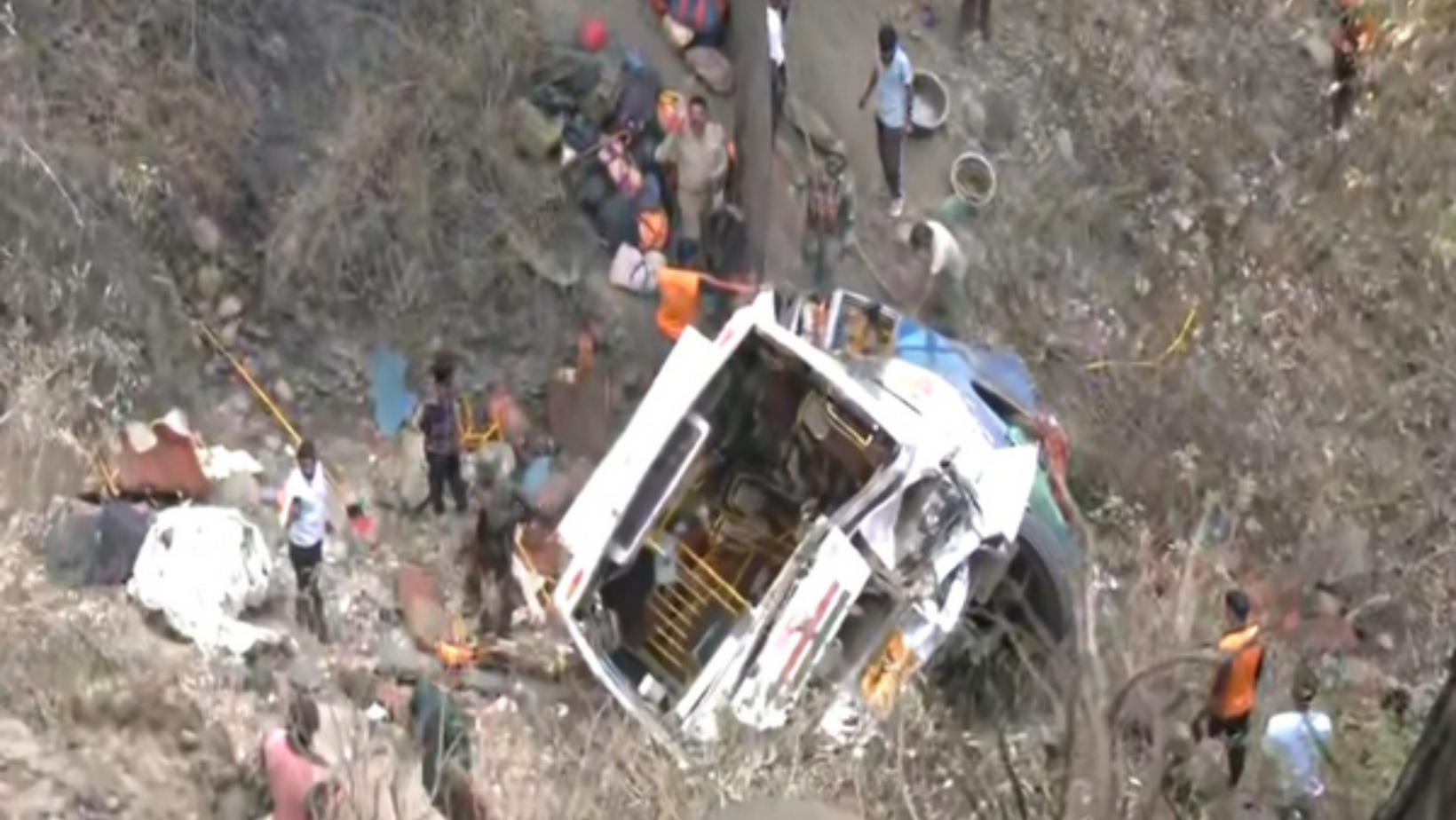Uttar Pradesh, with its 80 Lok Sabha seats, stands as a pivotal battleground in the political arena, particularly for the Bharatiya Janata Party (BJP), which has historically secured significant victories in the state. With the BJP winning 71 seats in 2014 and 62 in 2019, the upcoming elections witness fierce competition among various political fronts.
The BJP and the Samajwadi Party (SP) emerge as principal contenders, with the Bahujan Samaj Party (BSP) led by Mayawati opting to contest independently. Despite facing challenges, the BSP continues its solo journey, while the All India Majlis-e-Ittehadul Muslimeen (AIMIM) aims to establish its presence through strategic alliances with regional parties.
The political landscape further diversifies with the entry of sub-regional outfits, aligning themselves with different parties to secure their autonomous space. The BJP-led National Democratic Alliance (NDA) gains momentum with the inclusion of Rashtriya Lok Dal (RLD), appealing to the agrarian Jat community in western Uttar Pradesh.
On the other hand, the SP and Congress forge alliances with smaller parties like the Mahan Dal to strengthen their electoral prospects. However, the absence of a broad coalition, as witnessed in previous elections, poses challenges to the opposition’s unity.
Despite the BJP’s dominance and efforts to consolidate Hindu votes, Uttar Pradesh politics remains deeply fragmented along caste, religious, and regional lines. The state’s significance amplifies with the inauguration of the Ram temple in Ayodhya, providing further leverage to the BJP’s narrative.
For the opposition, winning a substantial number of seats in Uttar Pradesh is imperative to present a credible alternative at the national level. As the electoral battle unfolds, alliances and strategies will play a crucial role in shaping the outcome of one of India’s most politically charged states.






